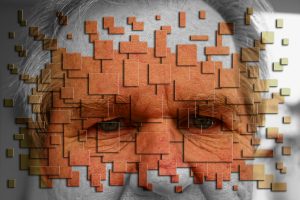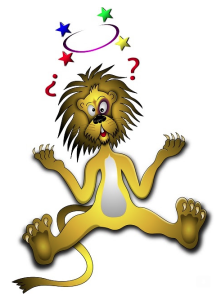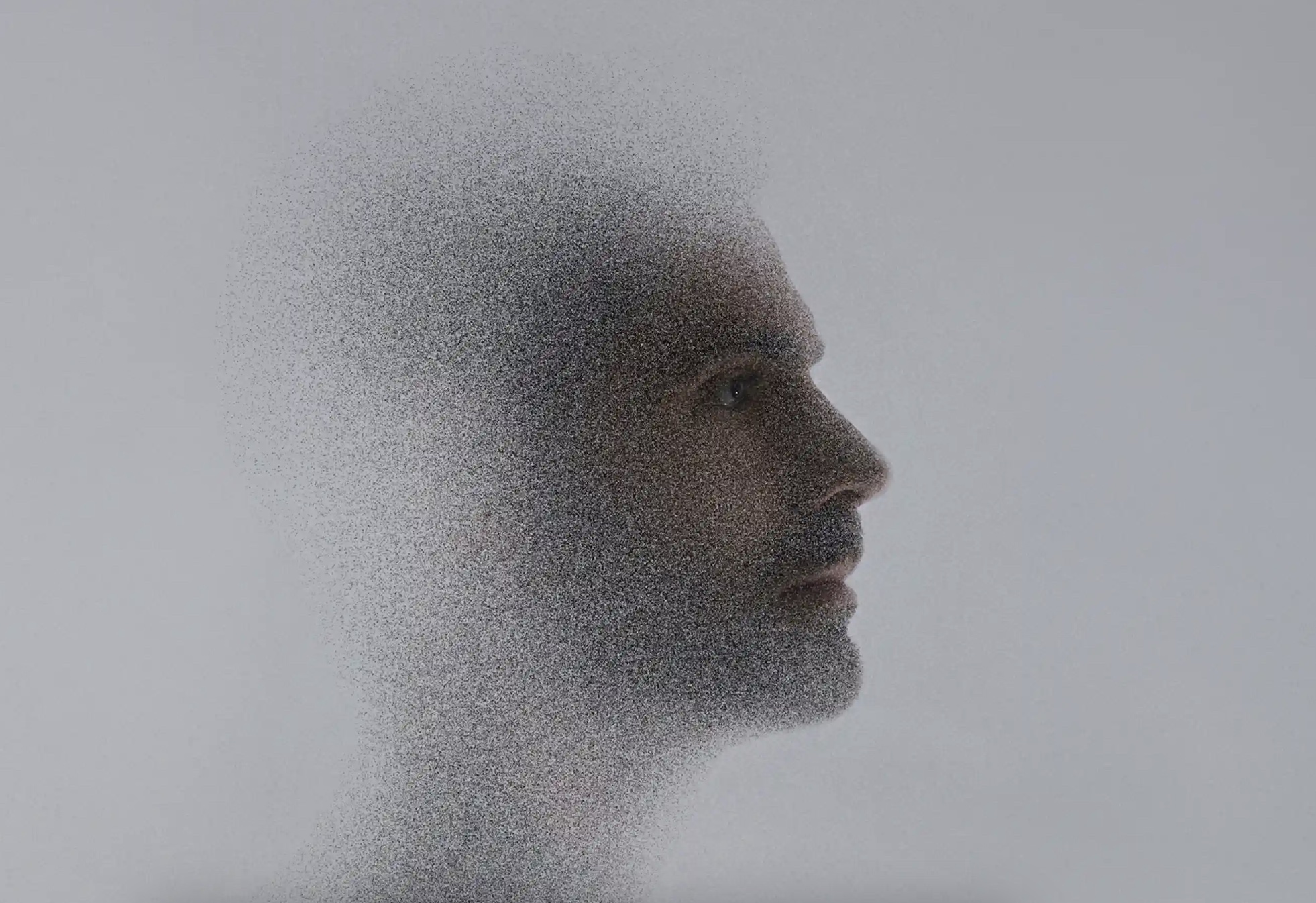Midlife Crisis
Today I decided to write about midlife crisis. Indeed, it has has been a while since the last entry in my blog. I do not feel comfortable with the concept of ‘mass production’ articles. On the contrary, each one of my entries reflect an internal process of creativity and professional experience backed by theory within an ethical framework.
For some time now, I have been thinking about the meaning, and impact, of midlife crisis. Is this an emotional state, a physical/hormonal state, or perhaps both? How do these combine? This article is not a study of biology, but it does highlight the importance of the interaction between mind and body, and how they affect each other.
Put in simple terms, it is a not story of chaos or disruption but of a difficult yet natural transition to a new equilibrium.... A transition of identity and self-confidence that can occur in middle-aged individuals, typically between ages of 40 and 60.
Turning Point
In 1965 Elliot Jacques named this significant turning point in our existence as midlife crisis. He suggests that it may involve a deep questioning around topics of mortality, meaning and purpose in life. This period is experienced during the transition between the first and the second ‘halves’ of our lives. This is not only triggered by reaching a certain age, but also by events such as an illness, an important loss, a feeling of stagnation or the realisation that life happens very quickly not only to us, but to our loved ones as well. Some of the symptoms are, feeling overwhelmed, difficulty in making decisions, boredom, challenging values and beliefs, loss of meaning, aging and struggle with body image among others.
In the beginning
Our story begins when we are born, be it within a parental unit, a family, a particular society and culture. Together, these ‘institutions’, consciously or not, have a preponderant influence on the kind of life roadmap we are to follow. We want, and are expected to carry out, complete and succeed in tasks and stages like, for example, going to school, graduate from a higher education institution, find a job and become financially independent, find a partner and settle down, build a family and so on.
Changing Tack
This 'course' is susceptible to change approximately every 7 years. We may struggle, resist or deny but, in the end, we adapt and move on. So here we are, middle-aged people who have reached that stage in life where we should feel fulfilled and satisfied. We have ticked all the boxes we were given on that roadmap but, is that all there is? And if not, what comes next? During this part of the journey we tend to reflect and ask relevant questions about our identity and our life, but something is still missing. We feel an inner emptiness. It is as if a veil has been lifted that exposes a painful and difficult to tolerate state of emptiness.

In a way, we can think of midlife crisis as though we would be facing one of those old balance scales with weighing pans suspended from each arm weights the pharmacist would use to prepare some ‘potions’….. Indeed, I am talking about the ones that consist of two pans suspended at equal distance from a lever at the center. Do you remember them? Younger generations may want to look at the picture below... Basically, one pan represents the past or the first half of our life throughout which we have been very busy accomplishing the external tasks, processing the experiences and learnings in order to achieve a sense of self. We assess the latter by asking ourselves ‘are we totally happy, partly happy or not at all with this period of our lives?’, ‘Have we made the best of this time?’, ‘Did we leave some open wounds?’
Facing this Crisis
However, we still feel this emptiness and, to cope with it, some people choose to cling to their younger years by, for example, undergoing cosmetic surgery, seeking younger partners, experimenting with dramatic changes or even adopting addictive behaviours. Another type of 'deviant behaviour' can be procrastination or developing mindless habits that amount to self-sabotage. Unfortunately, the above merely reflect strategies to  avoid experiencing our current reality where, most likely, the only return will be only a superficial sense of relief that in no way fills the void in a healthy way. As is to be expected, feelings of anxiety and depression may arise at that point.
avoid experiencing our current reality where, most likely, the only return will be only a superficial sense of relief that in no way fills the void in a healthy way. As is to be expected, feelings of anxiety and depression may arise at that point.
Then we look at the other side of the scale, which represents the future, or in other words our idea of it. It is full of plans but accompanied by a good number of questions and a great deal of uncertainty and confusion. The truth is that we do not know what to do or how to do it, how to use the wisdom we have eventually accumulated and adjust to what lies ahead in the hope of finding a satisfactory way to reach this desired goal.
In his book Dimensions of a New Identity, Erik Erikson writes: "What I am in space changes in time. What I was, is now in me, and what I become is more than the sum of all that I have been". There is so much content in this short sentence. It sort of brings to the fore the fact that there is a continuous movement and evolution associated to a sense of self, just like the infinite symbol, where the past meets the present which, in turn projects itself into the future in a constant loop.
Do Not Panic
I believe that, in the second half of our lives, the journey turns inward towards wholeness and an authentic self. This is a difficult and painful process that entails courage to look back and, hand-on-heart, acknowledge the good, the bad and the ugly, to explore territories previously unknown and unfamiliar, to express these matters so that, in the process, we reframe instances of dissatisfaction, disillusionment, loneliness or meaninglessness in order to address those open wounds and pending matters so they can heal in a healthy manner.

In the process, of course, we endure loss, pain and grief for aspects of ourselves that we let go, while others awake reclaiming a new energy that brings strength to move forward, and where we feel deeply connected to ourselves, to each other and to the world.
As I mentioned earlier, the midlife crisis is a normal transitional process, and it is possible to live through it in a healthy way. It can also be seen as an opportunity for growth, reconnection and renewal. However, sometimes the road can become difficult and therefore we are likely to need external support to overcome some 'bumps' along this journey.
Therapy Benefits
Talking therapies offer different approaches in helping clients to navigate this transitional period. Each client’s journey will be different based on their resources, their values and their goals The benefit of the therapeutic process is a direct result of the level of openness to what the client shares, and his/her willingness to meet with the therapist somewhere along that journey.
Some people come to therapy feeling that their life no longer has meaning, unable to take action, and with feelings of boredom and hopelessness. The therapeutic process offers a space where these and/or other multidimensional aspects of symptoms are explored, questioned and worked through, helping us to connect with our intuition, and to rediscover and appreciate our inner wisdom. All of the above helps to re-establish the basis on which we can re-establish a new connection with ourselves and the wholeness of our life.

